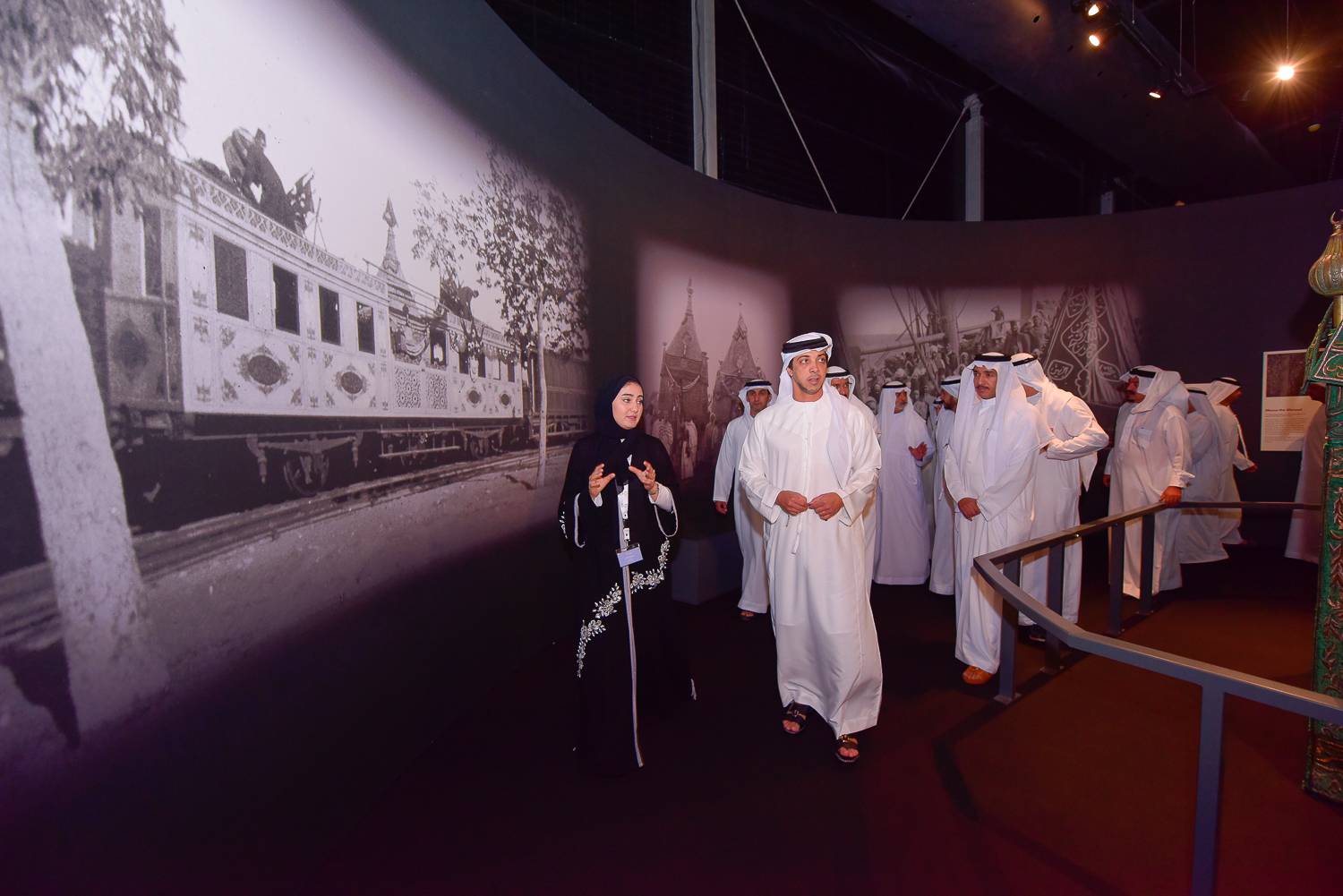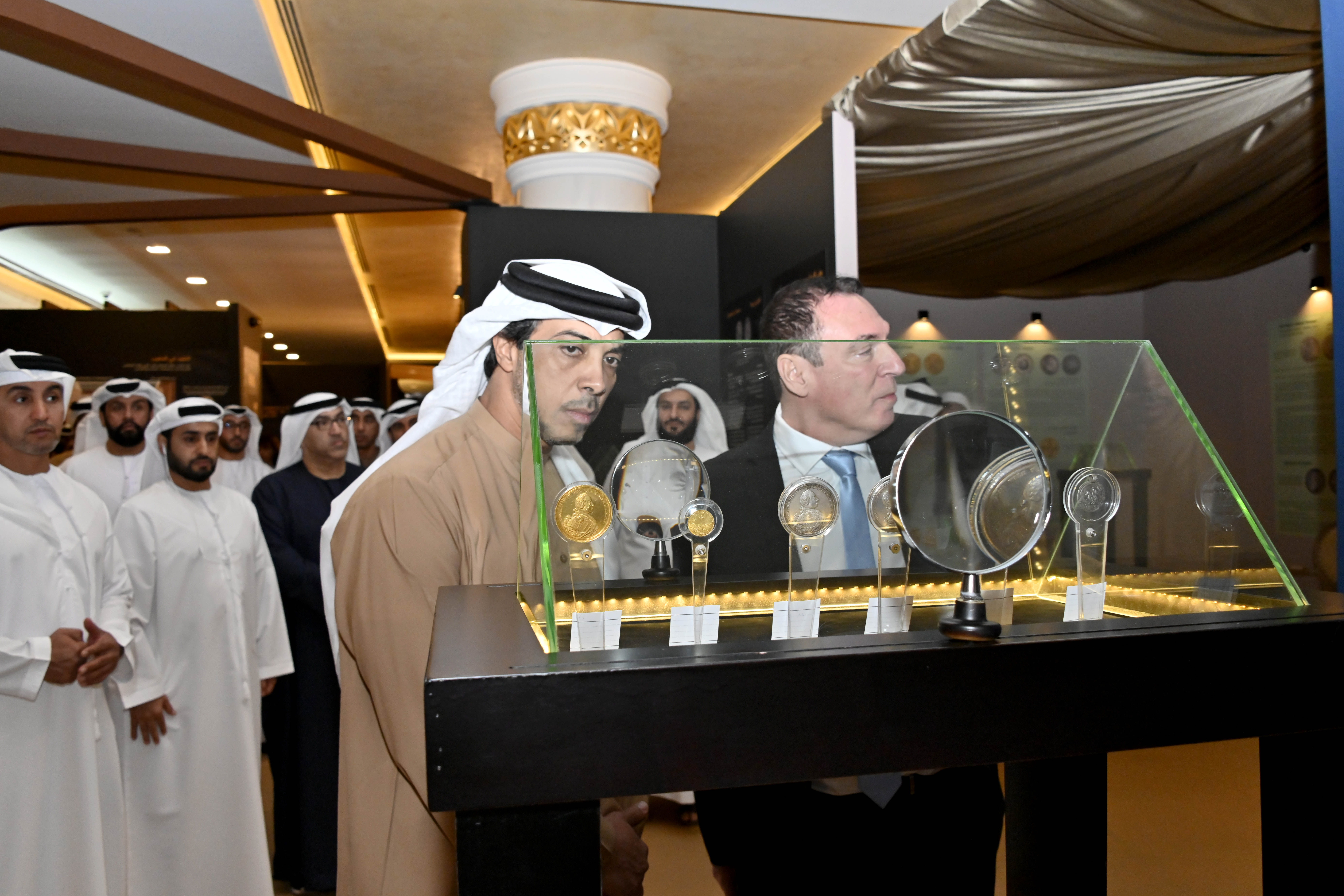Past Exhibitions

Andalusia "History and Civilization"
Andalusia "History and Civilization"
Under the patronage of His Highness Sheikh Mansour bin Zayed Al Nahyan, Vice President of the UAE, Deputy Prime Minister, and Head of the Presidential Court, His Highness Sheikh Theyab bin Mohamed bin Zayed Al Nahyan, President of the Martyrs’ Family Affairs and Development Office of the Presidential Court, inaugurated the "Andalusia: History and Civilization" exhibition at the Sheikh Zayed Grand Mosque Centre in Abu Dhabi. The exhibition ran for six months, from December 1, 2023, to May 31, 2024, offering visitors a chance to explore the rich heritage of Andalusia, its prominent figures, cities, and notable works. It was part of a broader initiative celebrating one of the greatest civilizations of the Middle Ages—the ancient Andalusian civilization.
Cultural Content Highlighting Rich Heritage and Human Depth:
The "Andalusia: History and Civilization" exhibition featured numerous rare artworks, scientific manuscripts, and valuable archaeological artifacts that reflect the advancement of science, literature, thought, and culture within the Arab civilization of Andalusia. The exhibition presented a narrative of the diverse societies that flourished in Andalusia and highlighted their significant contributions across various fields, showcasing their pivotal role in advancing human knowledge and culture.
Seven Civilizational Themes:
-
The Mosque of Cordoba: Showcasing a blend of Islamic, Roman, and Byzantine architectural styles.
-
Madinat al-Zahra: A symbol of tolerance in Andalusia and a renowned center of science and culture.
-
Al-Zahrawi: Highlighting the significant contributions of the pioneering surgeon whose legacy lives on through the surgical tools still in use today, representing dialogue and cultural exchange.
-
The Poetry Council of Ibn Zaydun: Celebrating the influential Andalusian poet and his role in Seville's cultural movement.
-
Al-Idrisi: Recognizing one of history's most famous cartographers and the most significant Muslim geographer of all time.
-
Ibn Rushd’s Works: Reflecting the rich cultural interactions between diverse civilizations.
-
Alhambra Gardens: One of the most iconic landmarks of Al-Andalus, celebrated for its beauty and historical significance.
Local and International Private and Institutional Collections:
-
Mohammed Bin Rashid Library Collections, Dubai, United Arab Emirates.
-
Museum of Archaeology in Córdoba, Spain.
-
Al-Sabah Archaeological Collection, Dar Al-Athar Al-Islamiyya, Kuwait.
-
Abdullah bin Jassim Al-Mutairi's private collection.
-
Factum Art / Factum Madrid, Spain.
-
Department of Archives and Special Collections at the NYUAD Library.

The Hajj: Memories of a Journey exhibition
Under the patronage of His Highness Sheikh Mansour bin Zayed Al Nahyan, Vice President of the UAE, Deputy Prime Minister, and Chairman of the Presidential Court, the Sheikh Zayed Grand Mosque Centre organized the “Hajj: Memories of a Journey” exhibition in collaboration with Abu Dhabi Tourism & Culture Authority. This six-month exhibition, held from September 20, 2017, to March 19, 2018, celebrated Hajj's cultural and civilizational significance by exploring its historical evolution and associated legacies. It featured a particular focus on the pilgrimage of the late Sheikh Zayed Al Nahyan, highlighting his leadership's spiritual and human dimensions and his embodiment of Islam as a way of life.
Exhibition Sections:
Section I: The Emergence of Islam
Section II: Islamic Creed, the Holy Quran, and Religious Rituals
Section III: Historical Hajj Journeys
Section IV: Artifacts and Documents Related to Makkah
Section V: Medina, including gifts to the Prophet’s Mosque, texts praising the Prophet Muhammad (peace and blessings be upon him), original models of the honorable ornament, and historical photos documenting the city's architectural development
Section VI: Souvenirs Collected by Pilgrims Upon Returning from Hajj
Content and Collections:
The exhibition showcased contemporary artworks inspired by Hajj, including three exclusive pieces: "The Place" by Emirati artist Mohammed Kazim, "Hajj Post Office" by Emirati artist Nasser Nasrallah, and "Apoge" by artists Salwa Al-Khudairi and Nada Al-Mulla.
Collaboration:
15 local and international organizations, as well as individuals from private groups and the public, contributed to the collection and composition of the exhibition's narrative through 182 rare pieces, including the Abu Dhabi Tourism & Culture Authority, the Abu Dhabi Media Company, Zayed Center, the Dubai Municipality, the Sharjah Museum of Islamic Civilization, Dar Al Athar and Heritage in um Al Quwain, the Zayed bin Sultan Al Nahyan Charitable and Humanitarian Foundation, Dar Al Athar Al Islamiyya in Kuwait, Benaki Museum in Greece, The Khalili Foundation, and the Farjam Foundation
In addition to the collections on loan from the Sheikha Salama bint Hamdan Al Nahyan Collection, Sheikh Ahmed bin Saif Al Nahyan, Mohammed Al Murr Art Collection, and Noor Ali Rashid Archive.

The Coins of Islam: History Revealed exhibition
Under the patronage of Her Highness Sheikha Fatima bint Mubarak, Chairwoman of the General Women's Union, President of the Supreme Council for Motherhood and Childhood, Supreme Chairwoman of the Family Development Foundation, His Highness Sheikh Mansour bin Zayed Al
Nahyan, Deputy Prime Minister and Minister of the Presidential Court, inaugurated the ‘Coins of Islam: History Revealed’ exhibition
This exhibition, organized by the Sheikh Zayed Grand Mosque Centre in collaboration with the General Women's Union, the Supreme Council for Motherhood and Childhood, and the Swiss company Numismatica Genevensis SA, gains its significance by delving into the rich history of Islamic coinage and its role in promoting cultural exchange.
Unique human and historical content:
A selection of rare and important coins that had never been displayed before was showcased to explore the depths of history and the personalities associated with their minting and to learn about the cultures of nations through these coins.
The exhibition Sections:
Section I: 'Coinage before Islam' provided examples of coins used across the Mediterranean, Western, and Central Asia, and that continued to circulate during the early years of Islam.
Section II: 'Birth of Islamic Coinage' traced the evolution of Islamic coinage and the birth of the very first Islamic coin during the reign of Caliph Abd al-Malik bin Marwan in AH 77 / AD 696, as currencies at the time reflected the characteristics of Islamic and Arab art.
Section III: 'Coins Across The Islamic Dynasties' highlighted the historical changes reflected on Islamic coinage within a sequence of successive Islamic eras extending from Andalusia to China.
Section IV: 'Islamic Coins, A Reflection of Art and Culture' displayed imagery that depicts art, culture, and hobbies practiced by people for centuries.
Section V: 'Coins and Women Across The Span Of History', highlighted the significant presence of remarkable and inspirational women throughout history. It showcased a selection of coins engraved with images of extraordinary women who left their mark on the world. This section also acknowledged the influential role of H.H. Sheikha Fatima bint Mubarak, "The Mother of the Nation," in supporting Emirati women, and her immeasurable accomplishments and contributions played a crucial role in the renaissance of the UAE, underscoring her profound impact on both national and global scales.
Section VI: Zayed and Civilization', displayed a golden coin bearing a portrait of the late founder, Sheikh Zayed bin Sultan Al Nahyan, and an image of the splendorous architectural monument, Sheikh Zayed Grand Mosque, the largest mosque in the UAE, and one of the largest worldwide, which was established to highlight the rich legacy of the late founder Sheikh Zayed and to commemorate his memory, vision, values, and noble traits. This section also showcased a golden coin commemorating the nomination of the "Mother of the Nation " by the UNESCO Marie Curie for her efforts in education, literacy, and women's rights, being the third international and first Arab recipient in the history of the award.













 Home
Home